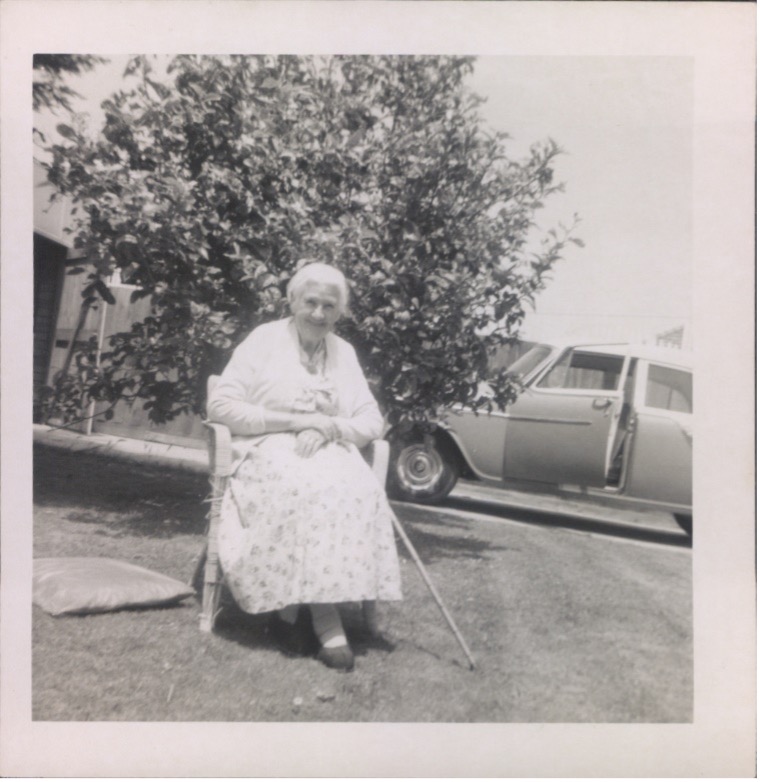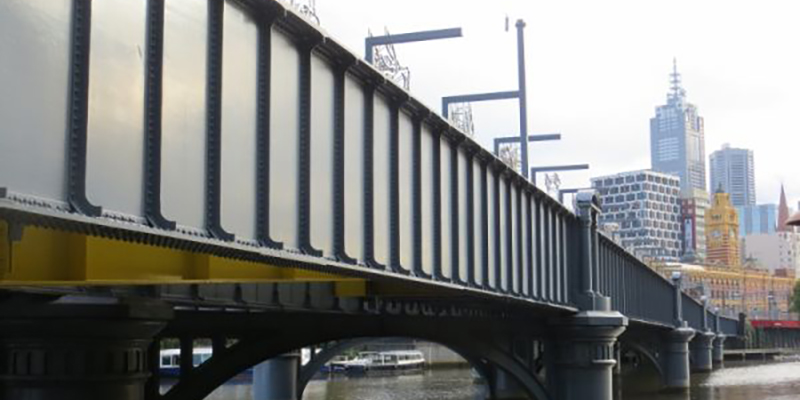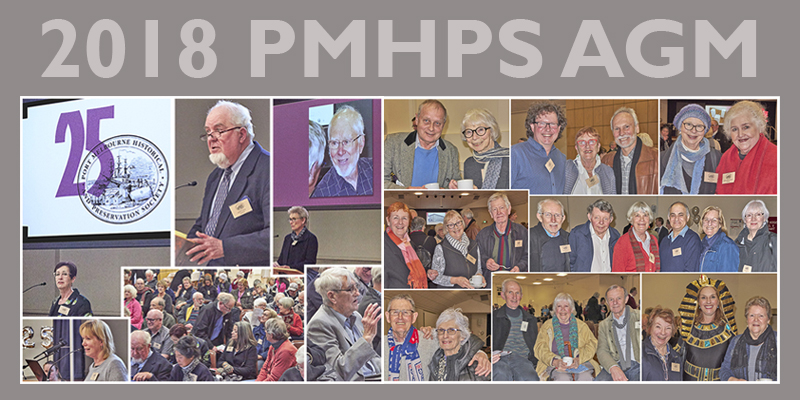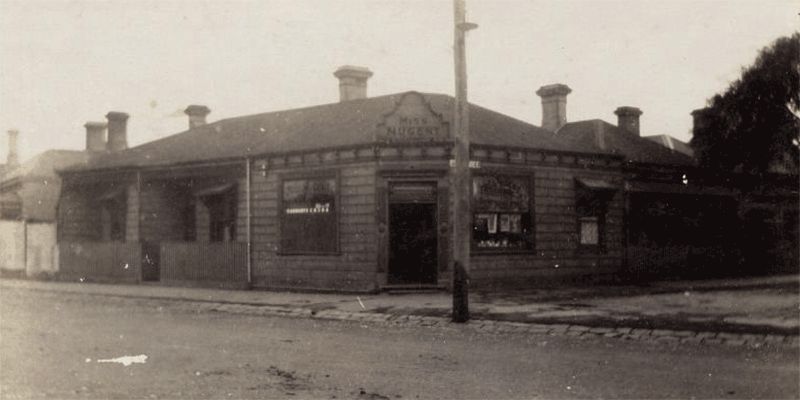Chainmaking – A Woman’s Occupation
by Robyn Watters
As a child I had a horrified fascination of a piece of metal lodged under one of my grandmother’s fingernails. I was told it was from an industrial accident when she was a jeweller’s assistant.
Years later when I investigated this claim, the electoral rolls for my grandmother Gertrude Duncan in 1912, 1913, 1914 and 1915 revealed her occupation as chainmaker.[1] Her marriage certificate in 1916, though, gave her occupation as “jeweller’s assistant”.[2]
What exactly were chainmakers?
Heavy to medium chains were produced by men in factories but the smaller chains were often hand-worked by women or children in small, cramped forges in outbuildings next to the home, a cottage industry. It was a sweated trade. I wonder whether Ross Street and Clark Street, Port Melbourne where she lived, harboured this exploitative industry? I think so, given the neediness of the residents of Port Melbourne.
I suspect conflation has occurred in our family memory and we’re assuming that her gruesome industrial injury was as a result of working in a more genteel setting, that of making jewellery (and the tiny chains that go with it). The reality was more likely a legacy of Gertrude’s chainmaking days given the conditions incurred by workers.
Gertrude lived in rented accommodation (Clark and Ross Streets) along with her many Duncan siblings. Sister Maude was a factory hand who migrated from being a factory hand to becoming a furrier in 1915.[3] Given her previous occupation, it was unlikely Maude sold furs, rather I’m surmising, she killed and skinned animals. Brother Ernie was a labourer presumably picking up work as he could.[4] Coming home to a household filled with people who’d done a confronting and hard day’s work would have been tested the occupants. In 1916, Gertie escaped this by marrying up and out of Port Melbourne ultimately living in salubrious Kooyongkoot Road, Hawthorn.
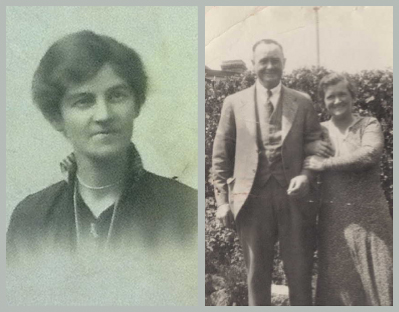
Mercifully chainmaking as a cottage industry ultimately died. We need, however, to remember those industries that have survived to this day such as garment outworkers albeit unlikely to be residing in now gentrified Port Melbourne.
Gertrude Knox Brown (nee Duncan)
28 January 1888 (Wilcannia, NSW) – 10 May 1968 (Brighton, Victoria)
Images:
Gertrude Brown (nee Duncan) and Maude Irene Duncan from the collection of Robyn Watters.
Ernie and Lydia Duncan from the collection of Kathy Minas
[1] Electoral rolls Victoria, Melbourne Ports, Port Melbourne for Gertrude Duncan, 1912 and 1913 (104 Ross Street, Port Melbourne), 1914 and 1915 (115 Clark Street, Port Melbourne).
[2] Marriage certificate for Gertrude Knox Duncan and William Orizaba Brown, married 29 April 1916, Registrar of Births Deaths and Marriages Victoria, 5562/1916.
[3] Electoral roll Victoria, Melbourne Ports, Port Melbourne for Maude Irene Duncan, 1915 (115 Clark Street, Port Melbourne).
[4] Electoral roll Victoria, Melbourne Ports, Port Melbourne for Ernest William Duncan, 1915 (115 Clark Street, Port Melbourne).

